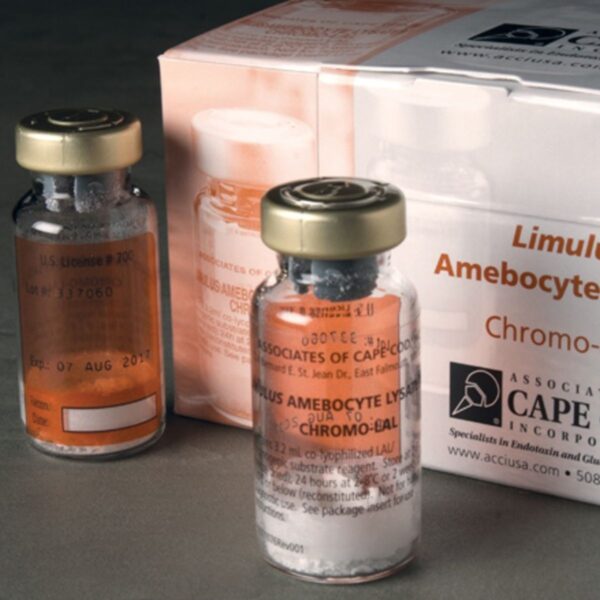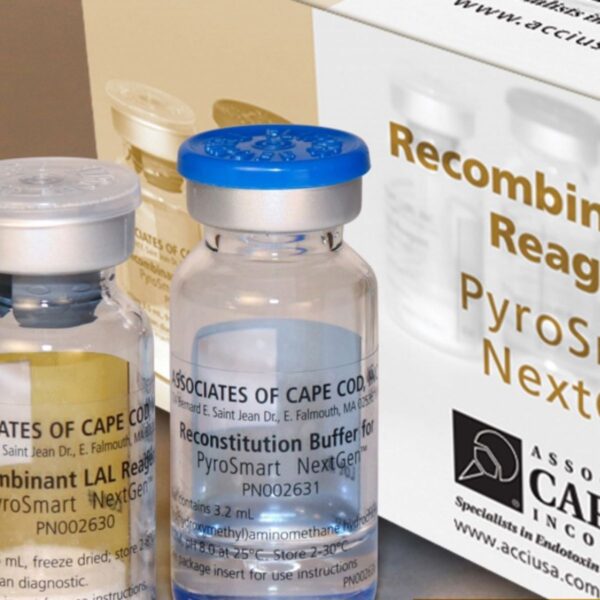Associates of Cape Cod – LAL Assay
LAL reagents are primarily used to test for endotoxins in injectable pharmaceuticals, biological products, and medical devices. They are also used in renal dialysis centers and a wide range of other applications.
LAL reagents are primarily used to test for endotoxins in injectable pharmaceuticals, biological products, and medical devices. They are also used in renal dialysis centers and a wide range of other applications.



